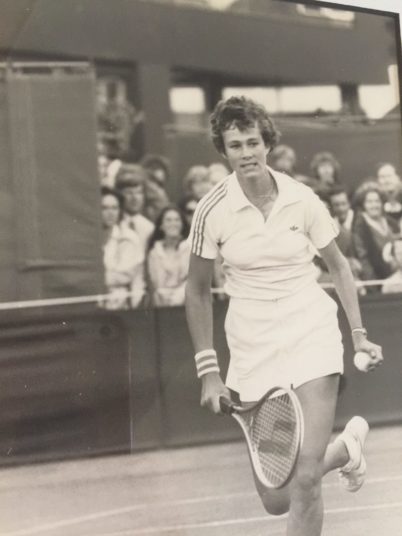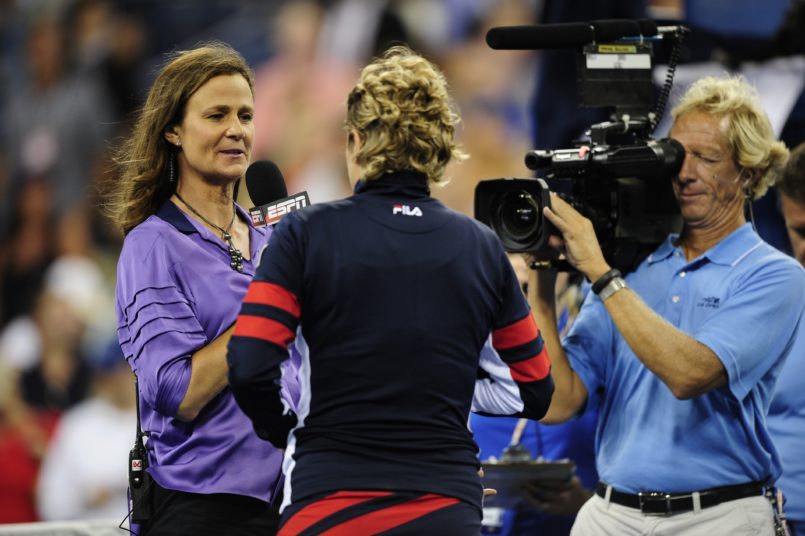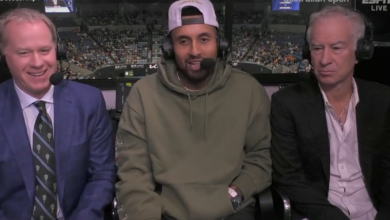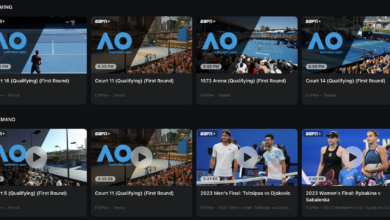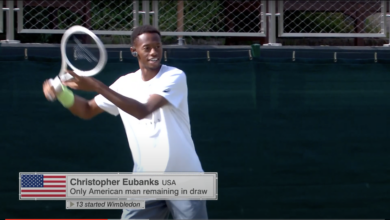ESPN’s Shriver shares tips on what to watch for during Wimbledon qualifying
For the first time ever, Ladies’ and Gentlemen’s Qualifying for The Championships, Wimbledon, is being produced for broadcast – and ESPN is carrying all-day action today (Monday) through Thursday from one of the grass courts at the Bank of England Sports Centre in Roehampton, England. Coverage begins daily at 6 a.m. ET with four matches scheduled per day on ESPN3 and the ESPN App. Click here for more info.
ESPN’s exclusive coverage of The Championships, Wimbledon, begins Monday, July 3, with action from all 15 televised courts, ending with the Ladies’ Championship on Saturday, July 15, and the Gentlemen’s Championship on Sunday, July 16.
Front Row spoke with ESPN analyst and former tennis pro, Pam Shriver, about her own qualifying experience as a player.
From my phone to you, live qualifying for @Wimbledon on @ESPN3 and the ESPN App today-Thurs.#ESPNTennis pic.twitter.com/OtHaHECJ6u
— Dave Nagle (@DaveESPNPR) June 26, 2017
How much did you have to compete in qualifying as you began your career?
I was really fortunate. I only went through qualifying for my first two professional events, when I was 15 years old, and then I gained enough points to gain direct entry.
Is there added stress/pressure going through qualifying for a major?
Well, when you’re 15 and new, no. It really depends on your age and stage of your career. In the case of Wimbledon, qualifying is not played on the grounds of the All England Lawn Tennis Club, but nearby in Roehampton, but you still have the pressures of Wimbledon.
Can these players – largely lower ranked – use qualifying to their advantage?
Qualifying can be a blessing; they’re trying to qualify to gain a main draw entry into Wimbledon! For a player to be successful, they need to look at qualifying as an opportunity to get a leg up on the main draw because they’ve had to go through this tough process right before the major. But if they can get through it, they’re already match-tough on grass, which is not easy.
Who should the viewers be watching?
You have some players who just understand a grass court better than others. Those are dangerous players, ones who aren’t afraid of hitting the ball in the air and taking the ball early. Look for players who are serving well, whose big serve finds its mark.
What makes the grass courts so difficult?
When I was watching some grass court early round matches this week, right after watching the French Open, it reminded me how quick the transition is from clay to grass. There are no two surfaces in tennis that are more different. You have to be smart that you don’t get injured, that your body transitions over a few days and that you don’t try to solve the riddle all in one hit session. The balls can get heavy and the bounces can be inconsistent.
